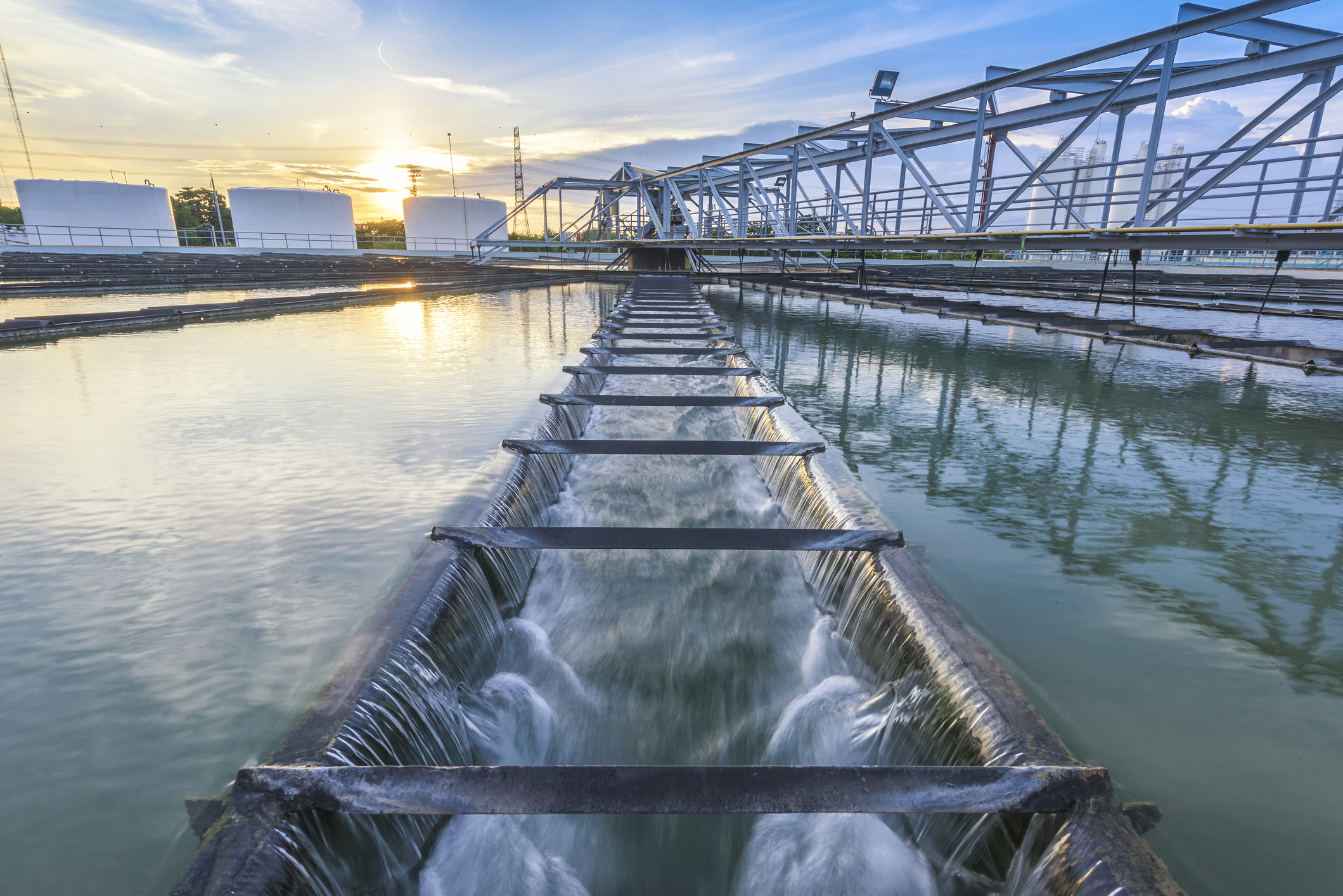
In this episode of Smart Energy Voices, host Debra Chanil sits down with Matt Howard, Vice President of Water Stewardship at The Water Council, for perspectives on the evolving landscape of water stewardship and its critical role in corporate sustainability. From record-breaking droughts to new regulations, Matt unpacks the challenges companies face, strategies to build resilience, and why water stewardship goes beyond conservation.
Howard discusses The Water Council’s global efforts to address water quality and quantity challenges. The organization operates two primary platforms: water stewardship, which helps companies become more sustainable in water use, and technology and innovation, which promotes solutions for water management. He also highlights the growing recognition of the water-energy nexus, comparing water sustainability today to the early days of industrial energy efficiency. Over the past few years, companies and organizations have become more intentional about linking water conservation with energy efficiency, leading to new strategies and solutions.
Howard explains the deep connection between water use and energy efficiency, particularly in industrial sectors and thermoelectric power. Many energy-intensive processes, such as cooling towers, boilers, and power plants, rely on water. Companies increasingly recognize that reducing water use can simultaneously cut energy consumption, making sustainability efforts more efficient. Howard highlights thermoelectric power plants as the largest water users in the U.S., accounting for nearly 40% of withdrawals, alongside agriculture. He emphasizes that addressing water quality and quantity challenges both supports sustainability and protects ecosystems and biodiversity, reinforcing the critical water-energy-environment nexus.
Howard highlights the connection between water and climate, using the analogy: “If climate is the shark, water is its teeth.” He explains that changes brought about by today's water-related impacts affect different regions uniquely and influence infrastructure, ecosystems, and water availability, making water stewardship a crucial part of climate adaptation strategies.
The intersection of water management, energy consumption, and emerging technologies is dynamic. Howard talks about AI data centers, highlighting their increasing demand for energy and water. AI-driven computations require more cooling than traditional data centers, leading to concerns about water sustainability. He points out that while AI has the potential to optimize water usage, its infrastructure significantly strains local water resources. Howard underscores the need for responsible siting of data centers, considering water availability alongside energy and workforce factors.
Water stewardship is more than just conservation. It involves sustainable water use, stakeholder engagement, and alignment with local watershed conditions. Howard explains how companies must assess water risks site by site, considering both quantity and quality concerns based on location. There is also an increasing impact of climate change on water availability. Howard stresses that businesses can no longer afford to overlook water risks, as climate-driven events can disrupt supply chains and operations in unexpected ways. Organizations must integrate water stewardship into their broader resilience and sustainability strategies.
Howard brings up the critical connection between energy use and water use, urging businesses and sustainability leaders to consider both when seeking efficiencies and cost savings. He highlights three key takeaways: explicit recognition of the energy-water connection, understanding water risk even for low-consumption businesses, and incorporating water stewardship into resilience strategies.
